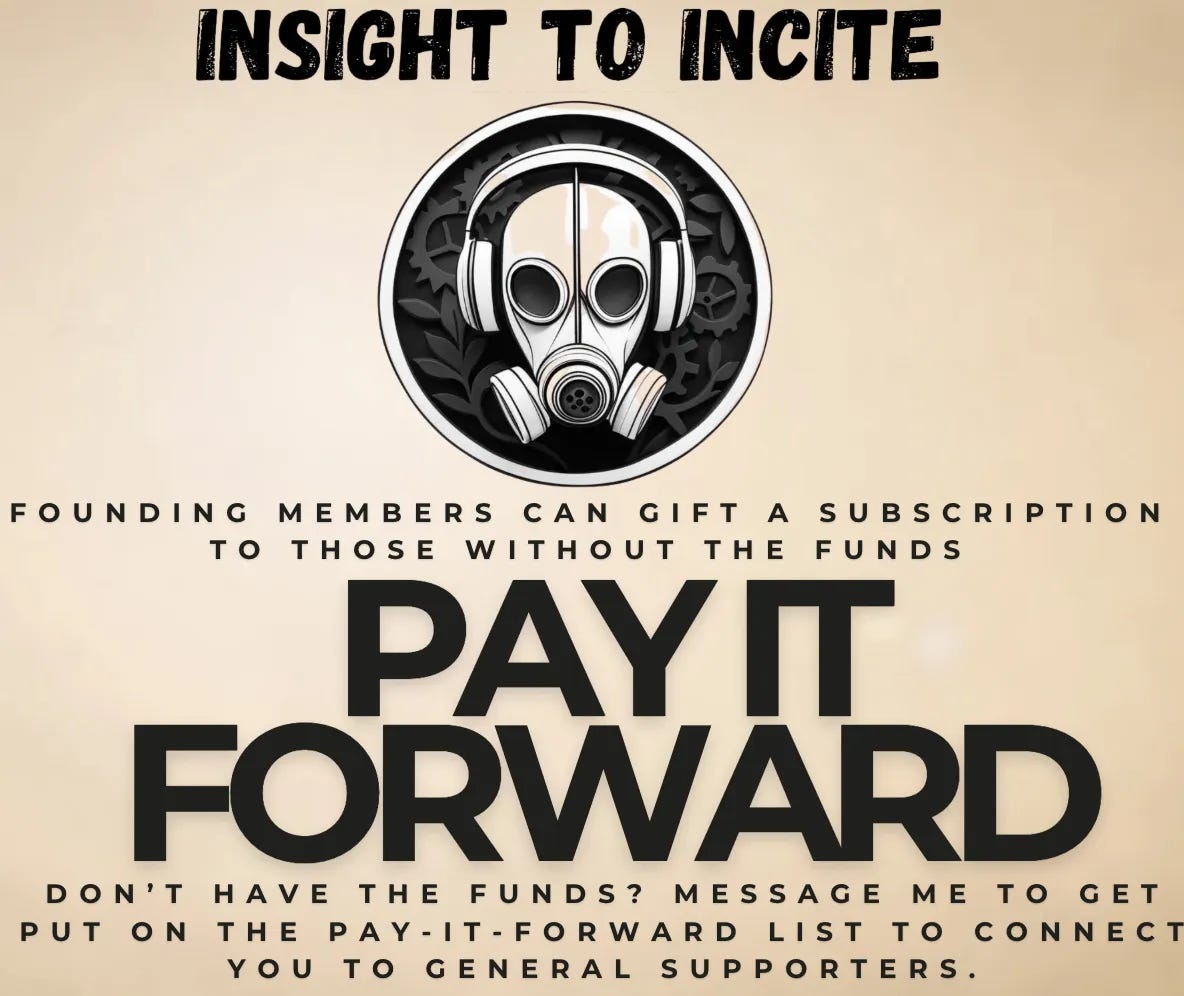Nuking Nagasaki: The Post War Consensus and Targeting Christians in Japan
Why the U.S. decide to drop the A-bomb on the only predominately Christian city in Asia?
Today I had a fascinating back-and-forth on X about the Post-War Consensus (PWC)—not on the European front, where most of that discourse usually lives, but in the Pacific Theater. The conversation kicked off when I pointed out, rightly, that Christians have historically opposed preemptive war. When war comes, it should only be after exhausting every peaceful option, after prayer and patience, not as a first strike. And when Christians do finally engage, it’s usually with a righteous ferocity born of moral clarity.
A fellow jumped in and accused that mindset of being exactly why we “let” Pearl Harbor happen. According to him, if we had preemptively bombed Japan, we would’ve saved lives and prevented disaster. But here’s the kicker—Pearl Harbor didn’t happen because we failed to act. It happened because we deliberately provoked a response.
That’s not speculation. It’s documented fact.
In the now-declassified McCollum Memo, dated October 7, 1940, a U.S. Navy intelligence officer proposed eight strategies designed to push Japan into attacking the United States. These included cutting off Japan’s oil and steel, supporting Chiang Kai-shek’s China militarily, reinforcing the Philippines, and stationing the Pacific Fleet at Pearl Harbor—despite naval officers warning it would paint a bullseye on the fleet.
And lo and behold, we did every single one of those things. FDR moved the fleet, froze Japan’s assets, blocked their access to 90% of their oil supply, and coordinated informally with the British and Dutch colonies to contain Japan’s expansion. We didn’t stumble into war. We provoked it—strategically, coldly, and with full knowledge of the likely outcome.
That wasn’t Christian restraint. It was political baiting dressed up as diplomacy.

BREAKING THE POST-WAR CONSENSUS: WHY WE CAN’T LEARN FROM HISTORY UNTIL WE STOP LYING ABOUT IT
The Post-War Consensus (PWC) is the mental straightjacket of the West. It’s the system of myths we’ve all been handed—wrapped in flags, sanctified in school textbooks, and enforced by media and academia—that says World War II was the “Good War,” our motives were pure, and everything we did was necessary and justified. But here’s the truth: so long as we’re not allowed to question the PWC, we will never understand what really happened, and we’ll keep repeating the same catastrophic mistakes.
The PWC is built on wartime propaganda calcified into post-war gospel. It says that Hiroshima and Nagasaki were military necessities. That we had no choice. That we saved lives. But if you tug on any of those threads, the whole mythology unravels. And if you point that out? You’re labeled unpatriotic, fringe, or worse.
But questioning isn’t disloyalty. It’s moral necessity. History isn’t sacred. Truth is. And if the truth reveals that our own government manipulated us into war, sacrificed civilians for geopolitical optics, or used Christians as the first test subjects of a Satanic superweapon, then we should be grateful for the truth—not hostile toward it.

Because if we can finally shake off the narrative armor of the PWC, we might begin to recognize war propaganda for what it is the next time it comes. That’s how you avoid more war. Not by mindlessly waving the flag, but by discerning the lies that drag us back into the meat grinder.
THE UNHOLY FIRE: THE IMMORALITY OF THE NUCLEAR BOMBINGS
Let’s say it plainly: the atomic bombings of Hiroshima and Nagasaki were immoral. They violated every tenet of just war theory, every moral restraint of Christian civilization, and every standard of human decency that allegedly separates the West from barbarism.
The narrative we’ve been fed—that nuking Japan was the only way to end the war without losing millions of American lives in a mainland invasion—is not only false, it’s manufactured wartime propaganda. Internal U.S. military estimates at the time did not project a million American deaths. In fact, more conservative reports estimated tens of thousands at most. Japan was already collapsing economically and militarily.
The Soviets had just declared war on them, effectively sealing their fate. Japanese diplomats were actively seeking surrender terms through backchannels. They were negotiating.
So why did we bomb them? Not to win. To send a message—not to Japan, but to Stalin.
And why did we bomb them twice?
That second bomb was never about military necessity. That was a field test. A live demonstration of plutonium-based implosion technology on a real city with real people. That’s what makes Nagasaki not just a tragedy, but a crime against God and man. We didn’t just bomb a city—we bombed civilians. Families. Worshippers. Children.
Augustine’s just war theory holds that war must be fought with proportionality, that civilians must be protected, that every effort should be made to avoid indiscriminate destruction. Nuking a city from the sky, vaporizing thousands in seconds and burning tens of thousands more in the days to follow, doesn’t just fail that test. It mocks it.
The day we approved of vaporizing civilians with a weapon born from hellfire is the day the Christian West lost its soul.

NAGASAKI: THE CITY THE DEVIL CHOSE
Now here’s the part that few are willing to say out loud: we nuked the Christian capital of Japan. Of all the cities in the Empire, we chose to drop a second atomic bomb on the one place where the faith of Christ had taken deepest root. Nagasaki wasn’t just a military port. It was the spiritual center of Japanese Christianity, home to generations of believers who had preserved their faith under torture and persecution.
When the bomb dropped, it detonated almost directly over Urakami Cathedral, the largest church in East Asia. Worshippers were at morning mass. The parishioners—descendants of the hidden Christians who survived 250 years of Shogunate persecution—were vaporized where they knelt. The church was obliterated. The faith community incinerated.
If you appreciate my work, please grab an $8 a month or $80 a year subscription to access exclusive content (like the rest of this post, the full archives, access to our Zoom round table chats with JD behind the paywall etc.
If you don’t want a subscription for want to show some love, click the link below. This is one of the things I do to provide for my small farm and big family, so I sure appreciate in.
Keep reading with a 7-day free trial
Subscribe to Insight to Incite: Open Source Intelligence Analysis to keep reading this post and get 7 days of free access to the full post archives.






